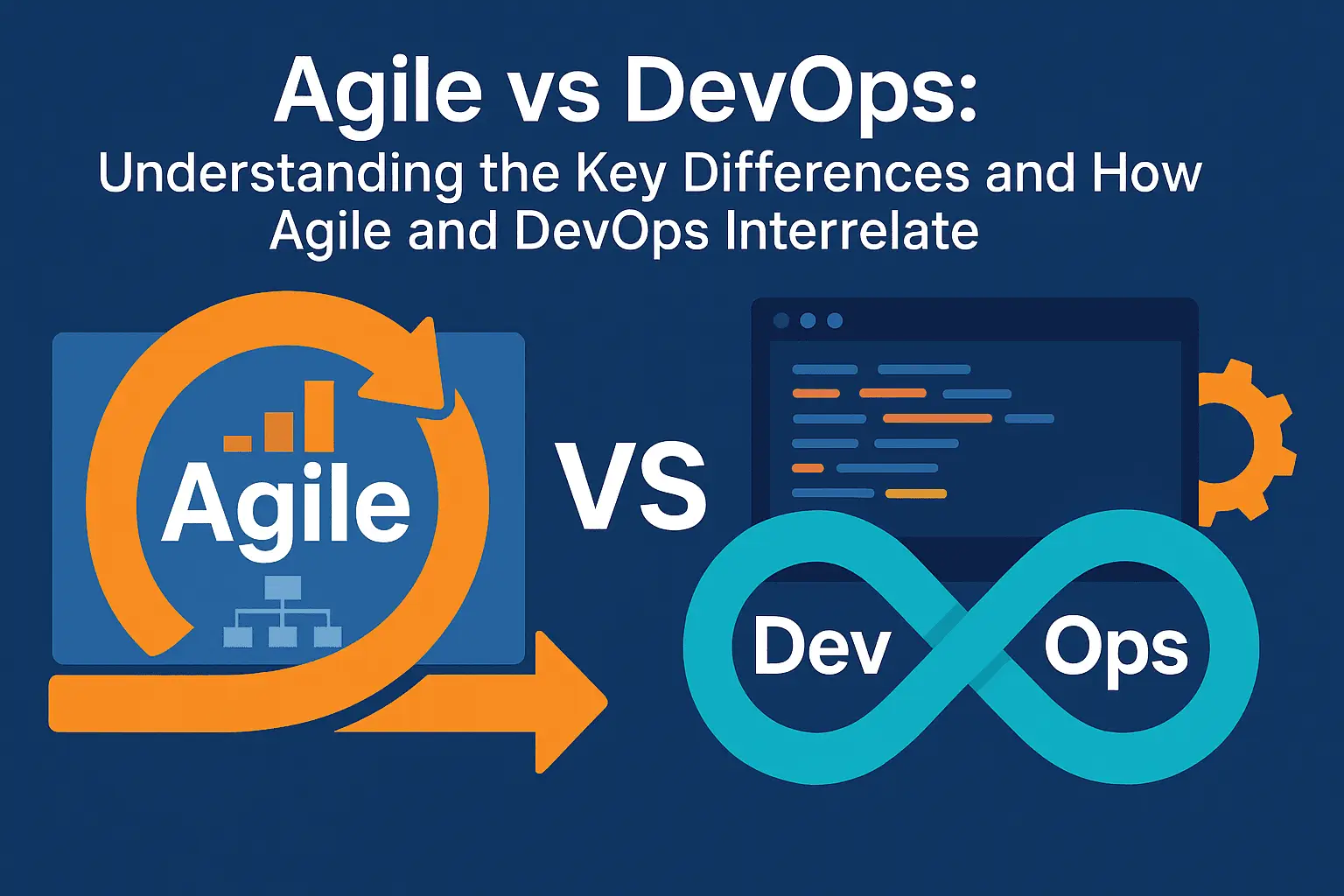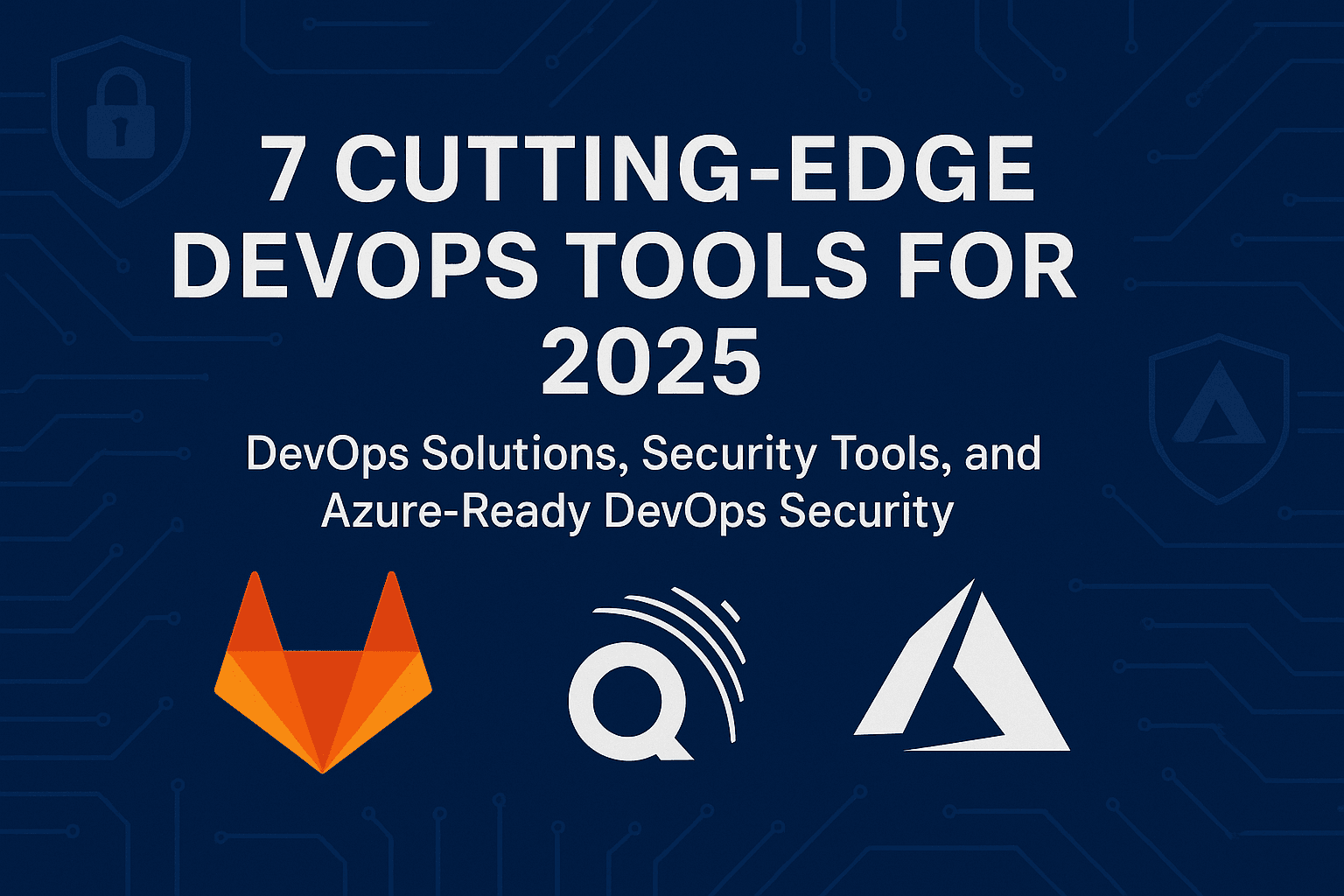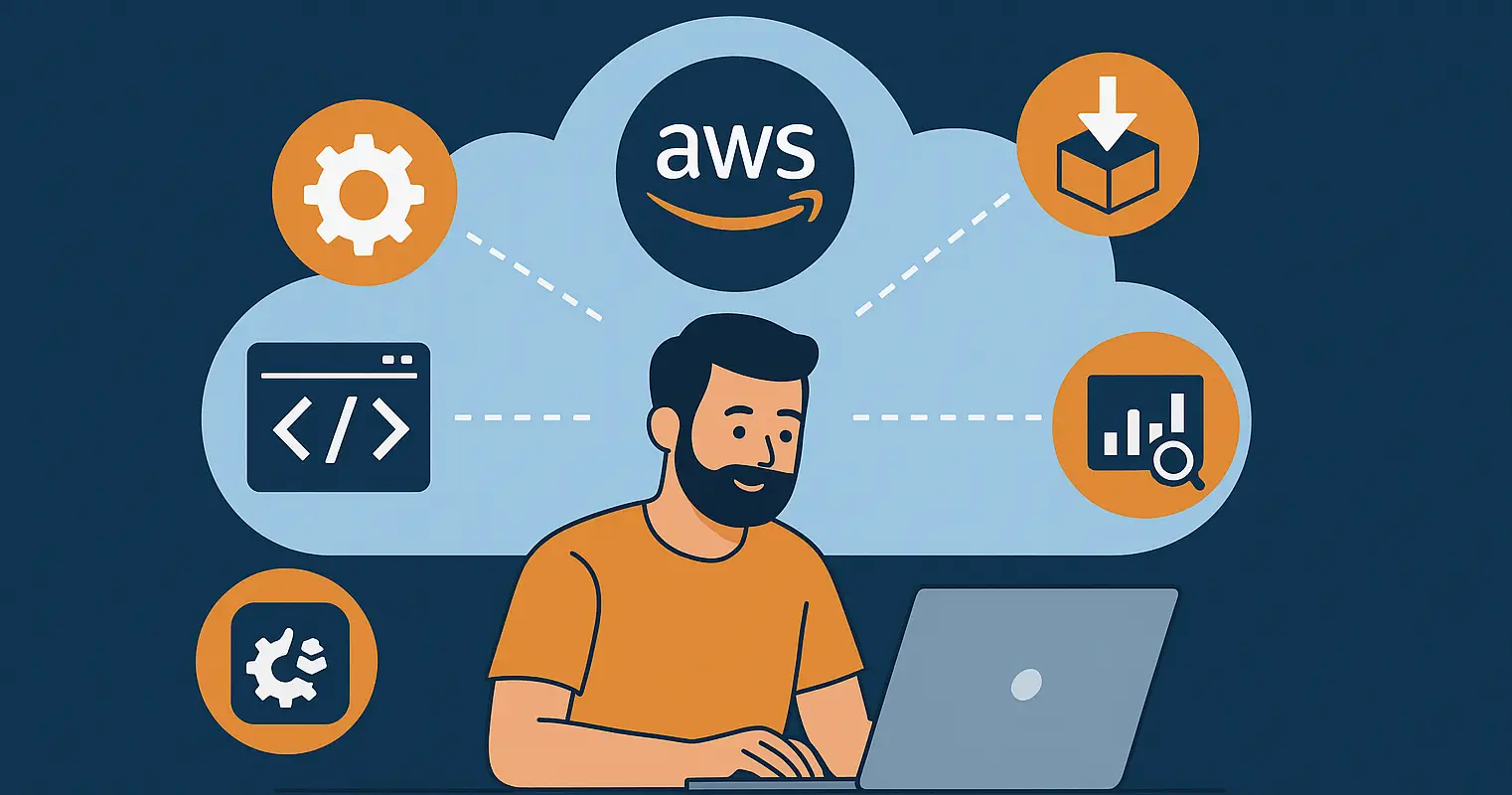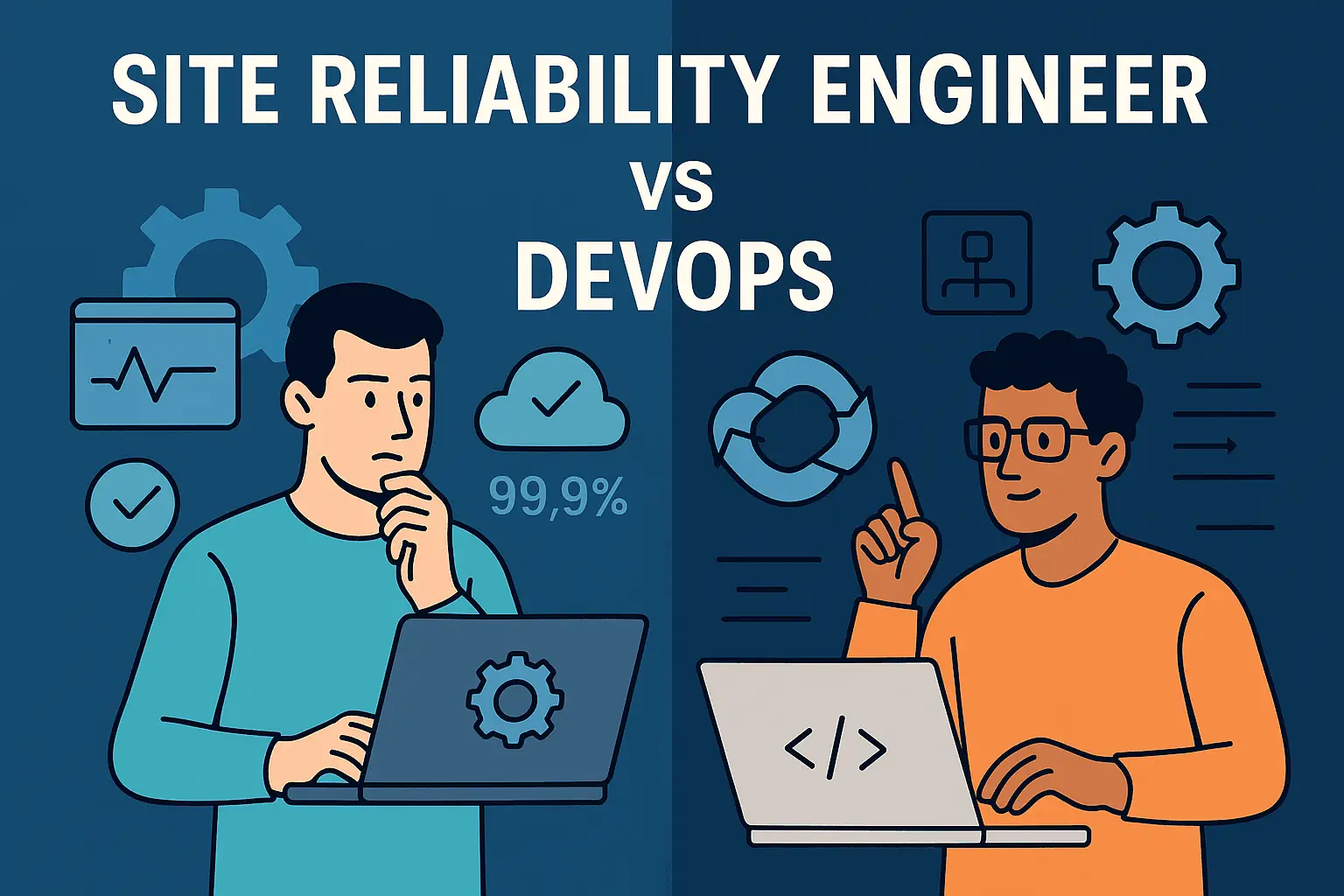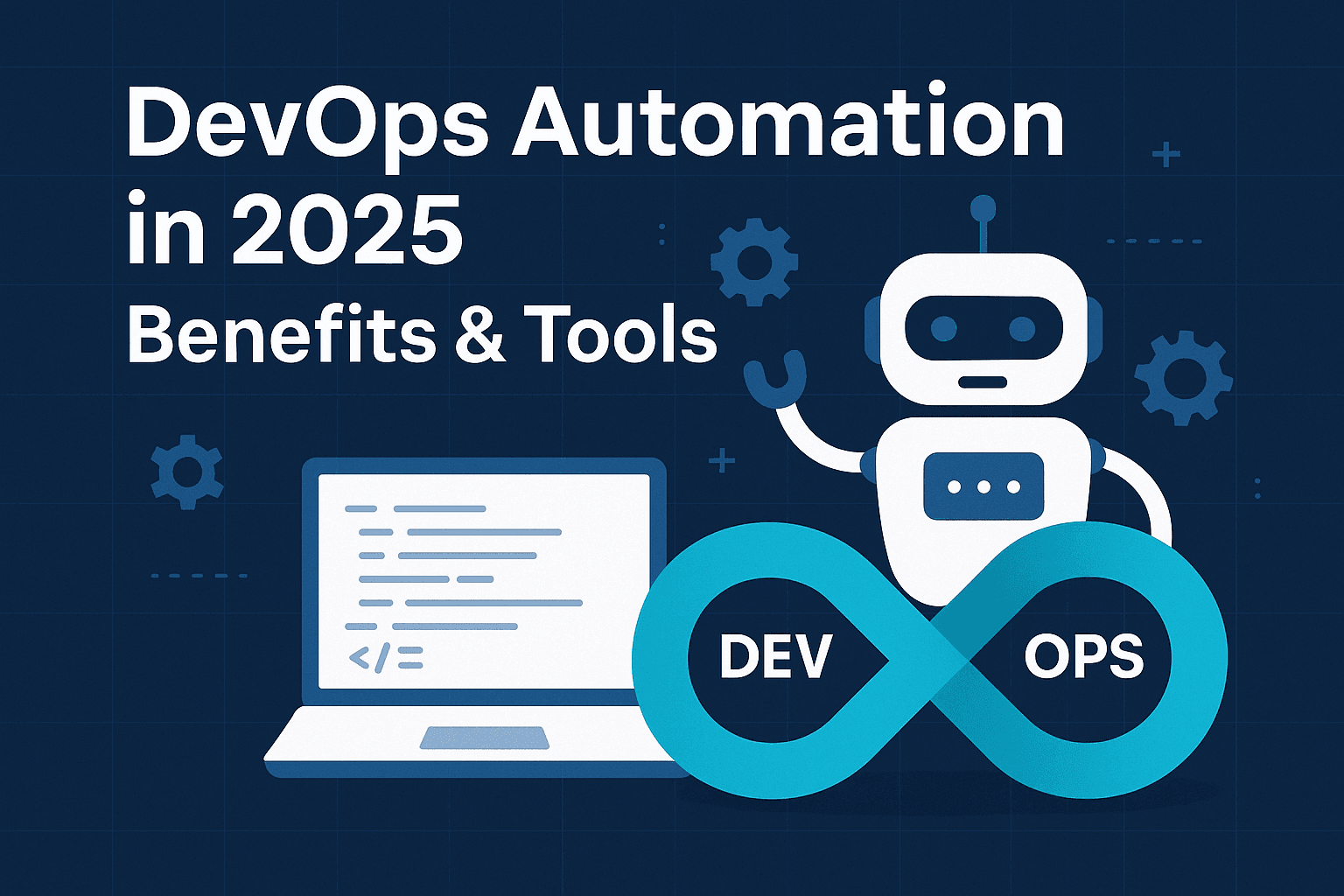Let’s talk about DevOps and Cloud in 2025. These words are everywhere, right? But what do they actually mean? And why should you care?
Buckle up—this stuff is transforming how we do software development, and honestly, it’s pretty exciting.
What Is DevOps and Why Does It Still Matter in 2025
Let’s start simple. Remember when developers (the code writers) and operations teams (the server keepers) were totally separate? Sometimes even pointing fingers when things broke? Yeah, that.
DevOps says: “Enough!” It’s about teamwork—developers and ops working closely, sharing tools, automating wherever possible. The goal? Deliver better software faster and more reliably through a dedicated development process. Like a streamlined factory line for apps.
DevOps principles that power modern software delivery:
- Automate Everything: Anything repetitive? Automate it—testing, building, deploying. Saves time, reduces errors.
- Real Collaboration: Devs and Ops should share goals and tools. No more silos.
- Small, Frequent Changes: Ditch the scary six-month mega-updates. Release small bits often—less risky, easier to fix.
- Tight Feedback Loops: Monitor everything. Catch issues fast. Learn, adapt, improve.
The Evolving Role of the DevOps Engineer: Meet the DevOps Engineer—part coder, part sysadmin, full-on automation wizard. In 2025, they’re even more vital. They understand code, infrastructure, cloud, security, and how to tie it all together. They’re the bridge that makes modern software collaborate.
Cloud Computing Meets DevOps: The New Standard for Scalable Infrastructure
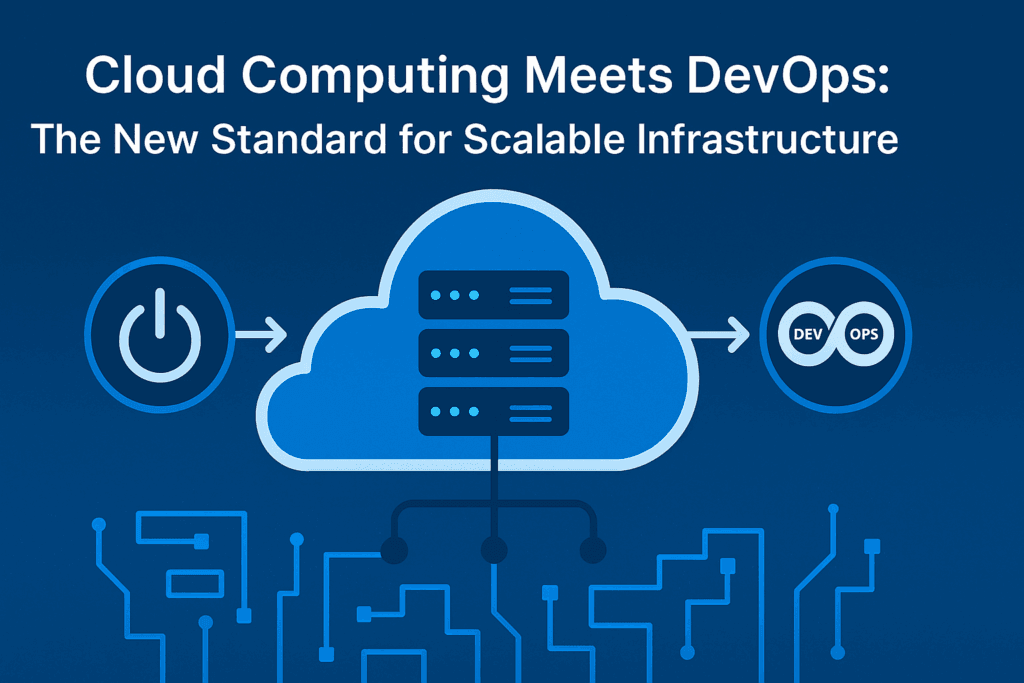
Now, add Cloud Computing. Instead of managing your own servers (costly and slow), you rent what you need from providers like Azure, AWS, or Google Cloud. Flexible, fast, and cost-effective.
How cloud and DevOps enable speed and agility:
- Need a server? Click a button or run a script. Done in minutes.
- Need to scale? Instantly adjust capacity up or down.
- Want to test something? Spin up an environment, experiment, shut it down. Low risk.
DevOps thrives in the cloud. Deployments are faster, testing’s easier, and automation becomes second nature. This combo is the gold standard for modern software delivery.
Cloud DevOps engineer: Bridging infrastructure and innovation: This role adds deep cloud knowledge to DevOps skills. They design scalable, secure systems using the right cloud services—empowering teams to innovate and ship faster. They’re enablers, not just maintainers.
Exploring the Top DevOps Tools for 2025
Tools are essential for DevOps and Cloud engineers. The ecosystem evolves, but the mission stays the same: Automate, Build, Test, Deploy, Monitor!
Automation and orchestration: From Jenkins to GitHub Actions
- Jenkins: Old-school reliable. Powerful, plugin-rich, and still relevant for complex setups.
- GitHub Actions / GitLab CI: Super popular now. They live inside your code repo—easy to set up and tightly integrated. Think of them as modern, built-in power tools.
- Others: CircleCI, Azure Pipelines, AWS CodePipeline—all solid. Choice depends on team preferences and cloud stack.
Continuous Delivery Pipelines: Best Tools and Workflows
A pipeline automates code delivery—from writing to production. Think: Build → Test → Security Scan → Deploy. Tools like GitHub Actions or Azure Pipelines handle this. The key? Keep it simple, fast, and feedback-driven.
Azure DevOps and Infrastructure as Code: A Match Made for the Cloud
Let’s talk Azure DevOps and Infrastructure as Code (IaC)—a powerful duo.
Azure’s role in cloud-native DevOps transformations: Azure DevOps offers a full DevOps toolkit:
- Azure Repos: Code storage
- Azure Pipelines: CI/CD pipelines
- Azure Boards: Task tracking
- Azure Artifacts: Build storage
- Azure Test Plans: Test management
If you’re in Azure, using Azure DevOps just makes sense. Everything integrates smoothly—and Azure Pipelines can deploy across clouds too.
Implementing infrastructure as code with Bicep, Terraform, and Pulumi
Forget clicking around cloud dashboards. With IaC, you code your infrastructure—networks, servers, databases—and manage it just like application code.
- Bicep: Azure-native. Cleaner and simpler than ARM templates.
- Terraform: Cloud-agnostic superstar. Easy syntax, huge community.
- Pulumi: Use real languages (Python, JS, C#, Go). Great for developers who want full programming power in IaC.
Put your IaC code in Azure Repos, deploy it with Azure Pipelines, and boom—you’ve got repeatable, reliable infrastructure. No more manual drudgery.
DevOps Best Practices Every Cloud Team Should Follow
Tools are only part of the story. Here’s what top-performing teams do:
Why workflow automation is key to performance: Automate everything:
- Code build/test (CI)
- Deployments (CD)
- Security scans
- Infrastructure provisioning (IaC)
- Monitoring and alerts
Automation saves time, cuts errors, and keeps teams focused on high-value work. It’s the heartbeat of DevOps.
Certification exams that validate cloud DevOps skills:
Certs aren’t everything, but they help:
- Structure learning
- Prove your knowledge
- Stay current
Top certs for Cloud DevOps:
- Microsoft AZ-400
- AWS DevOps Engineer – Professional
- Google Cloud Professional DevOps Engineer
- HashiCorp Terraform Associate
Pick one based on your goals—not all at once!
The Future of Cloud Computing with DevOps at Its Core

What’s next? DevOps and Cloud are becoming inseparable.
Here’s where things are headed:
Trends shaping the future of cloud DevOps:
- AIOps: AI helps predict issues, auto-resolve problems, and analyze logs.
- Serverless Expansion: Less infrastructure, more focus on features.
- GitOps: Git becomes the single source of truth for both code and infra. All changes start and flow from there.
- DevSecOps: Security is built-in from the start—automated and continuous.
- Platform Engineering: Internal platforms make life easier for developers—self-service, no deep infra knowledge needed.
How to learn more and stay ahead:
- Hands-on practice: Use free cloud tiers. Build, break, fix.
- Master the core: Learn CI/CD, IaC, cloud basics.
- Pick a cloud: Go deep on one first (Azure is great!).
- Join communities: Reddit, Discord, meetups.
- Certify if helpful: Use them for structured growth.
Keep learning: The only constant in DevOps is change.
Wrapping Up
DevOps and Cloud in 2025 aren’t buzzwords—they’re the new normal. This is how modern software is built and delivered: fast, reliable, automated, and scalable. DevOps engineers (especially cloud-savvy ones) are more essential than ever.
If you’re curious, just start. Experiment, build, learn. There’s never been a better time to dive in.


